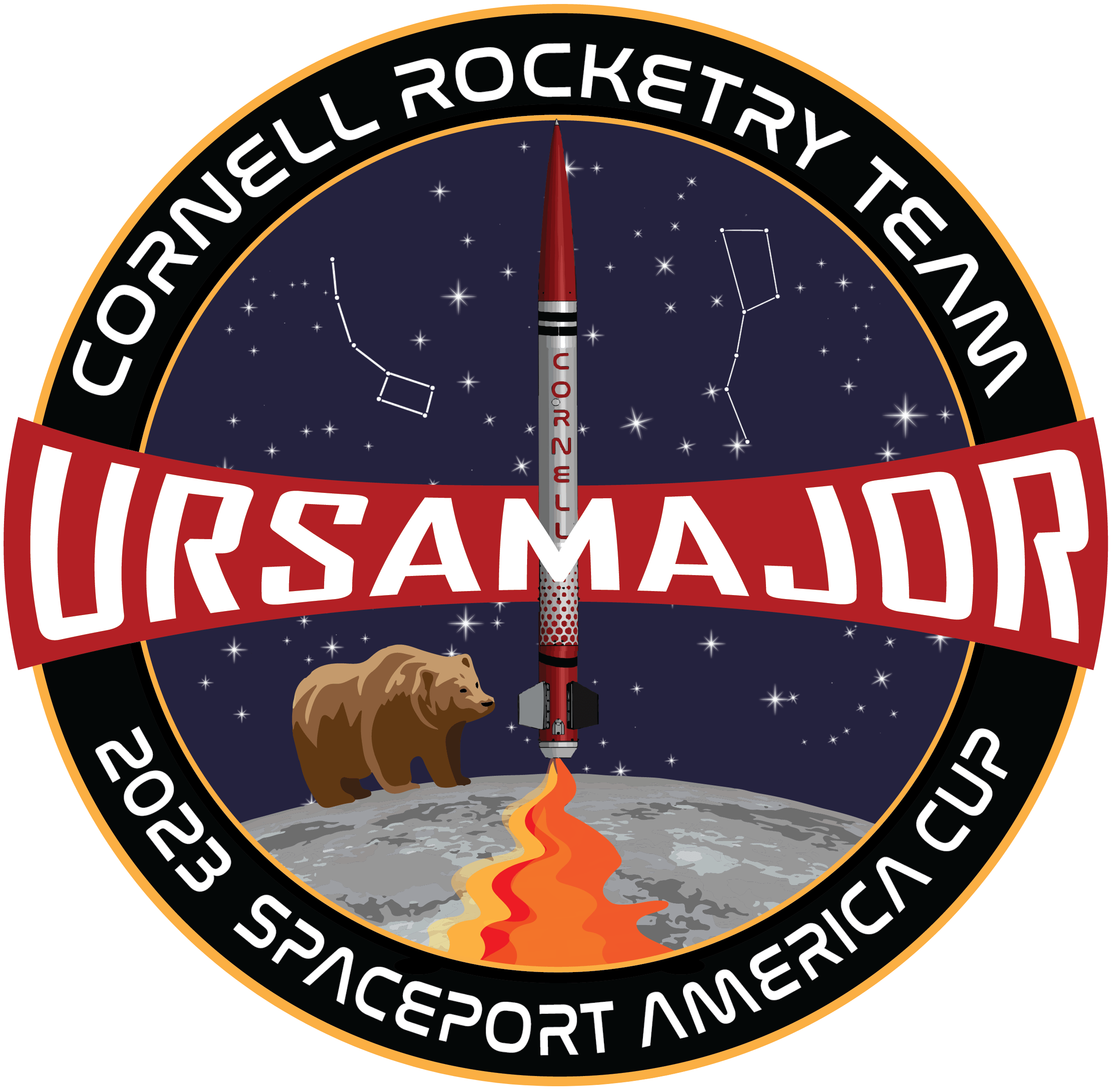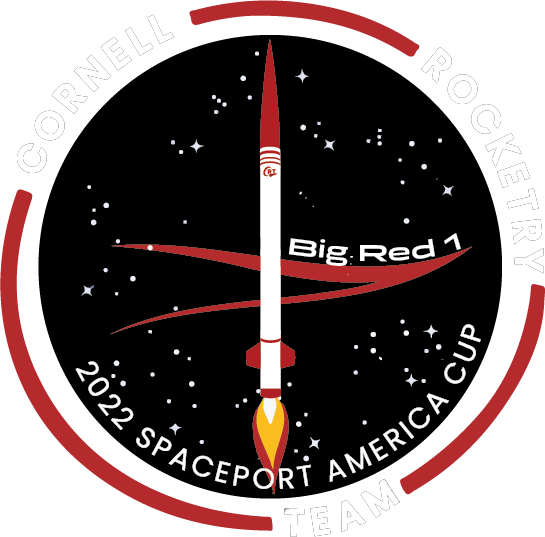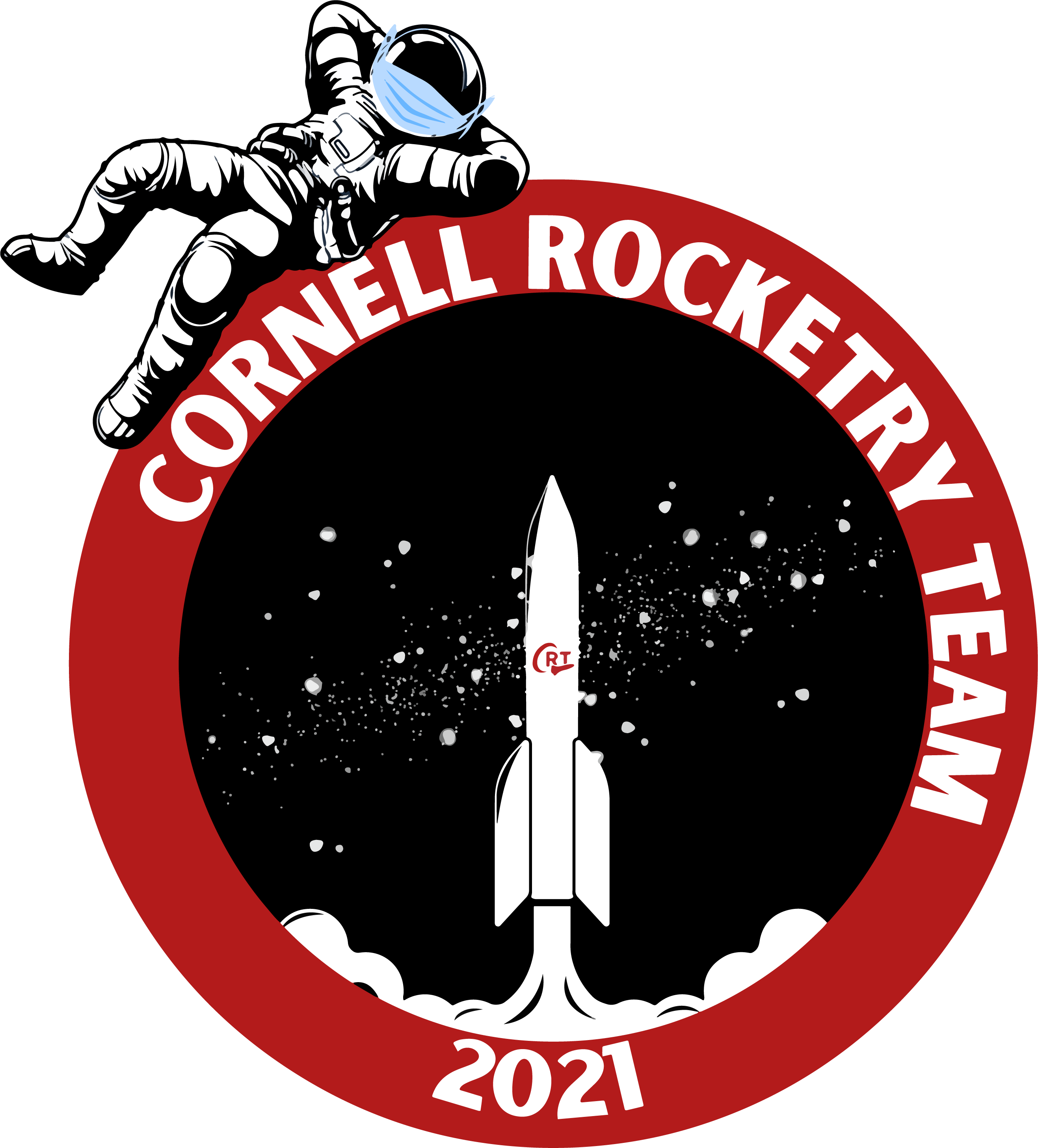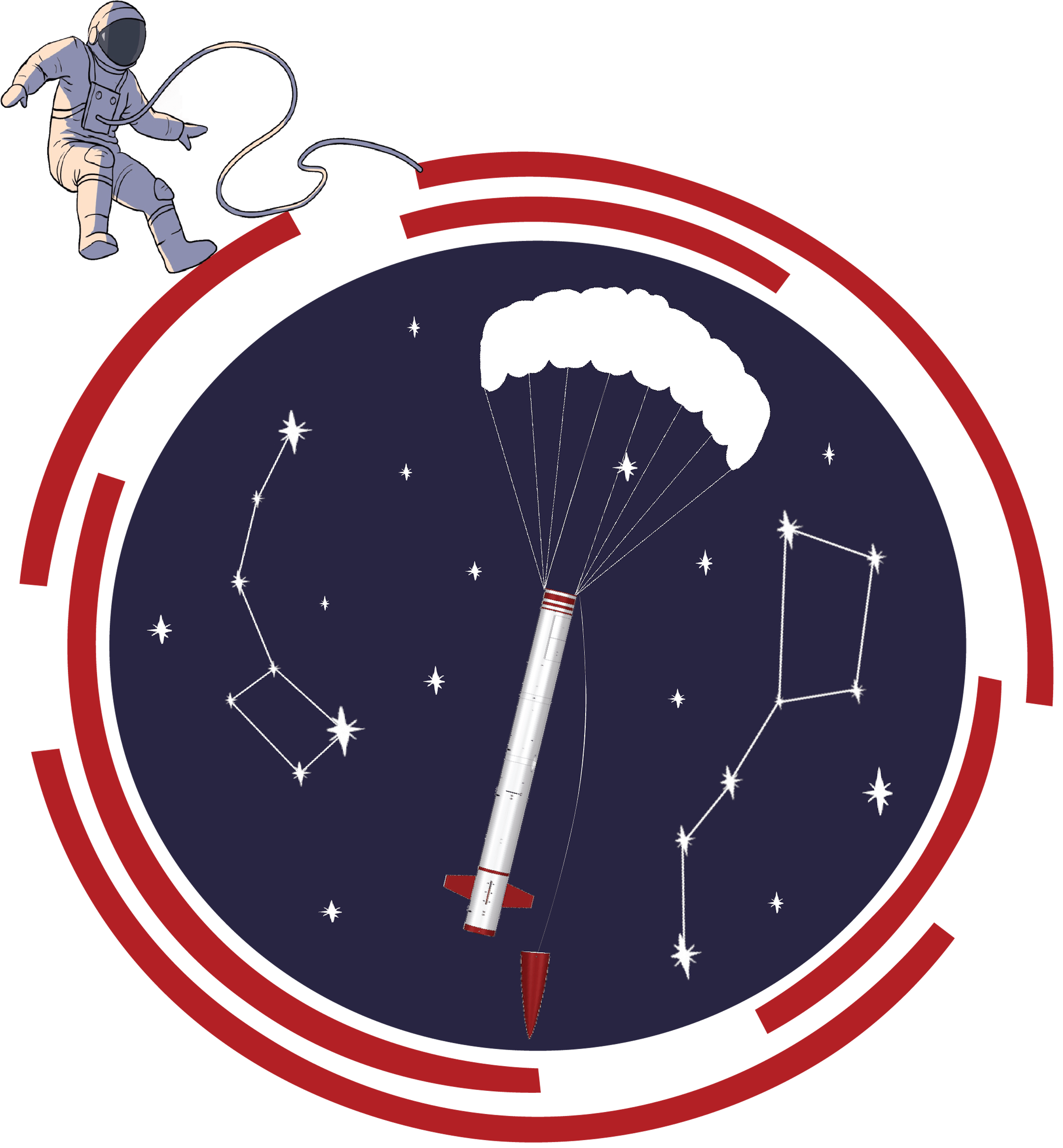Our Rockets
ANDROMEDA
2025
HEIGHT
216"
DIAMETER
6.2"
LAUNCH MASS
134 lb
MOTOR DIAMETER
5.5"
MOTOR
SRAD Hybrid
AIRFRAME FILAMENT
G12 Fiberglass
Andromeda was CRT’s competition rocket for the 2025 Spaceport America Cup. This was our first ever student research and designed (SRAD) hybrid rocket. From the avionics bay to the guided descent system to the fluid system, every component was SRAD. Three years of research and development culminated in a rocket that reached 12,100 ft on test flight, powered by 1,385 lbf of thrust from its hybrid motor. With Andromeda, Cornell Rocketry proudly took home 3rd place in the 10K Hybrid SRAD category!









THE COMPETITION
Every year, over 1,700 students and faculty gather in Southern New Mexico to compete in the Spaceport America Cup —the world’s largest intercollegiate rocket engineering competition. These competitors represent the best and brightest from more than 150 institutions located all across the world. Cornell Rocketry Team is proud to represent our team each year and compete for the cup!
The requirements for the competion include...Constructing a rocket sufficiently durable so that it may be launched, recovered, and re-launched repeatedly
Creating a communications system that will track the rocket and relay its flight information and location coordinates
Launching to precisely 10,000 feet above ground level
Reaching the required height with a one engine stage
Deploying a guided parafoil which ejects from the forward section during descent
Constructing a rocket sufficiently durable so that it may be launched, recovered, and re-launched repeatedly
Creating a communications system that will track the rocket and relay its flight information and location coordinates
Launching to precisely 10,000 feet above ground level
Reaching the required height with a one engine stage
Deploying a guided parafoil which ejects from the forward section during descent










